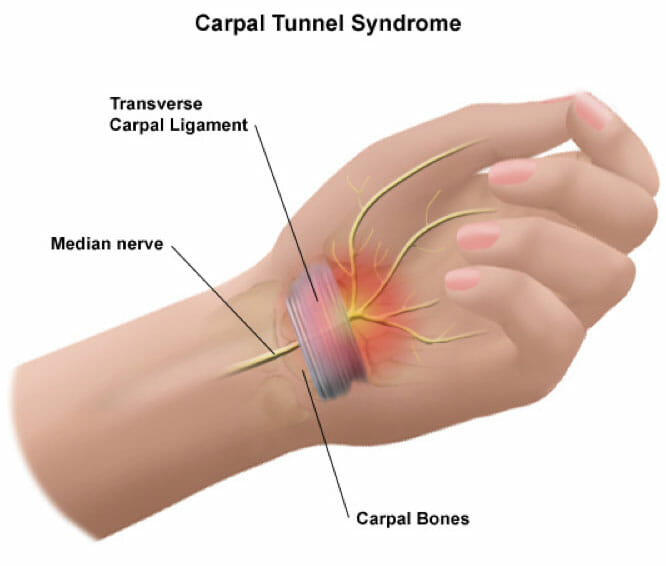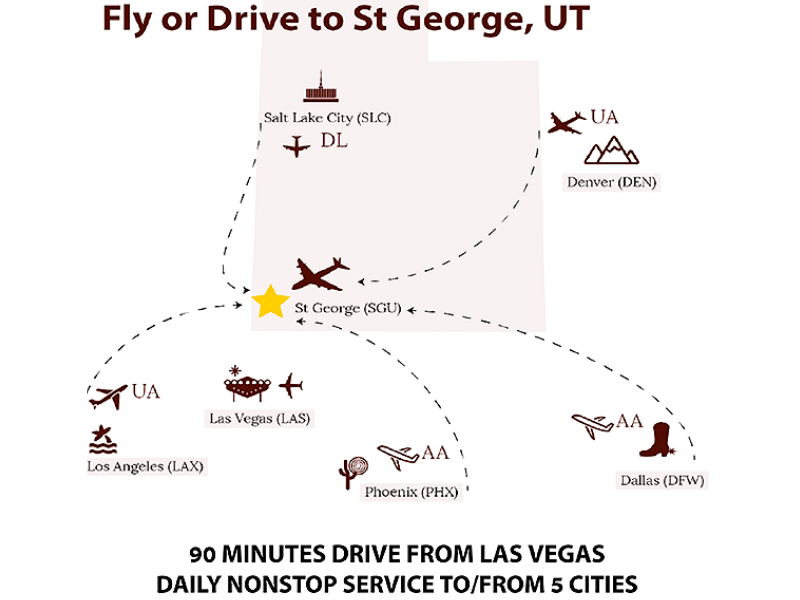Carpal Tunnel Release–Open
Carpal Tunnel Release–Open
Carpal tunnel syndrome occurs when the median nerve, which runs from the forearm into the palm of the hand, becomes pressed or squeezed at the wrist. The median nerve controls sensations to the palm side of the thumb, as well as impulses to some small muscles in the hand that allow the fingers and thumb to move. The carpal tunnel – a narrow, rigid passageway of ligament and bones at the base of the hand – houses the median nerve and tendons. Sometimes, thickening from irritated tendons or other swelling narrows the tunnel and causes the median nerve to be compressed. In Open Carpal Tunnel Release surgery, the transverse carpal ligament is cut, releasing the median nerve. The size and shape of the incision may vary.

FAQS
Frequently asked questions about surgical procedures
Can I use my insurance and get these prices?
Payment is due 14 calendar days prior to your surgery date. If, after the cutoff, your account is not settled, your case must be postponed.
How quickly can I have surgery?
How will I meet my surgeon?
If I had a car or work accident, would you work with my employer or attorney for payment?
What if I get sick right before my surgery?
You could develop a respiratory infection, a urinary tract infection, COVID, or some other condition that may necessitate postponement. There is no penalty when this happens.
What’s Included:
- Facility fee
- Graft and hardware costs (if needed)
- Surgeon and assistant surgeon fees
- Anesthesiologist
- Time in the recovery unit (at no additional charge)
- Initial consultation visit
- One post-operative visit
*Please note: If you choose not to proceed with surgery after the initial consultation, or if you delay your procedure for more than 6 weeks, you will need to update your consultation at a cost of $375.
What’s not included:
- Lab testing before and after the surgery, as needed
- Electrocardiogram (EKG), depending on age. If you had one elsewhere in the past 6 months and it read “normal”, we can forego this expense.
- Imaging costs. X-rays and MRIs can be obtained anywhere.
- Physical therapy services
- Medications you’ll need (oral or IV antibiotic infusions if an infection arises)
- Wound care
- Bracing supplies
- Additional doctor visits (a pre-operative visit with the surgeon, in person, and any required post-op follow-ups after the suture removal to monitor your progress
- Additional surgical intervention if a complication arises
- Additional imaging or hospital care if a blood clot develops
Preparation for Carpal Tunnel Release- Open
Tell your health care provider what medicines you are taking. This includes medicines, supplements, or herbs you bought without a prescription. You may be asked to stop taking drugs that affect your blood’s ability to clot. These include aspirin, ibuprofen (Advil, Motrin), naproxen (Naprosyn, Aleve), and other drugs. Ask your health care provider which medicines you should still take on the day of your surgery. If you smoke, try to stop. Ask your health care provider for help. Smoking can slow healing. Let your health care provider know about any cold, flu, fever, herpes breakout, or other illness you may have before your surgery. You will usually be asked not to drink or eat anything for 6 – 12 hours before the procedure. Your health care provider will tell you when to arrive at the office. Arrive on time.
Carpal Tunnel Release- Open Recovery
After surgery, the hand is wrapped. The stitches are removed 10 to 14 days after surgery. The pain and numbness may go away right after surgery or may take several months to subside. Try to avoid heavy use of your hand for up to 3 months.
When you return to work depends on whether the dominant hand (the hand you use most) was involved, what your work activities are, and how much effort you put into rehabilitative physical therapy.
- If you have surgery on your non-dominant hand and do not do repetitive, high-risk activities at work, you may return to work within 1 to 2 days, although 7 to 14 days is most common.
- If you have surgery on your dominant hand and do repetitive activities at work, you may require 6 to 12 weeks for a full recovery before you can return to your previous work duties. Physical therapy may speed your recovery.
Can I Travel to St George for Surgery?
Yes, and we’ll help you make all your arrangements.
- We have arrangements to try to obtain free flights through a non-profit volunteer pilot organization. We can do this with 10 days’ advance notice in most cases.
- We have discount codes for the Holiday Inn in town. This hotel is 1.5 miles from the surgery center and 2 miles from our clinic.
- We’ll arrange to send your after-surgery medications to your hometown pharmacy for pickup before you leave.
What if I would rather drive to St George?
No problem, we can help with those plans as well. When you have surgery with us, we’ll need to make sure you’re safe and comfortable after surgery. We’ll arrange cold compression therapy that requires an AC/DC adaptor/transformer and frequent stops to stretch and refill the ice reservoir on the road.
We’ll ask about the vehicle you’ll travel in to ensure you have a way to elevate and stretch out in the vehicle on the road while someone else does the driving.

How are follow-up and initial consultations handled?
In-person and telehealth consultations are possible with the surgeon to whom your case is assigned. The initial visit is included in the surgical package and is valued at $375.
We can also obtain the flights from the volunteer pilot nonprofit if you’d like to come for initial and follow-up visits in person. One follow-up visit is included in the surgical package at a value of $175. Any additional visits are charged at the time of service to your credit or debit card.
Transparent Pricing Guide
Find out the exact cost of your procedure in seconds, with no hidden fees, no surprises, and complete transparency every step of the way.
